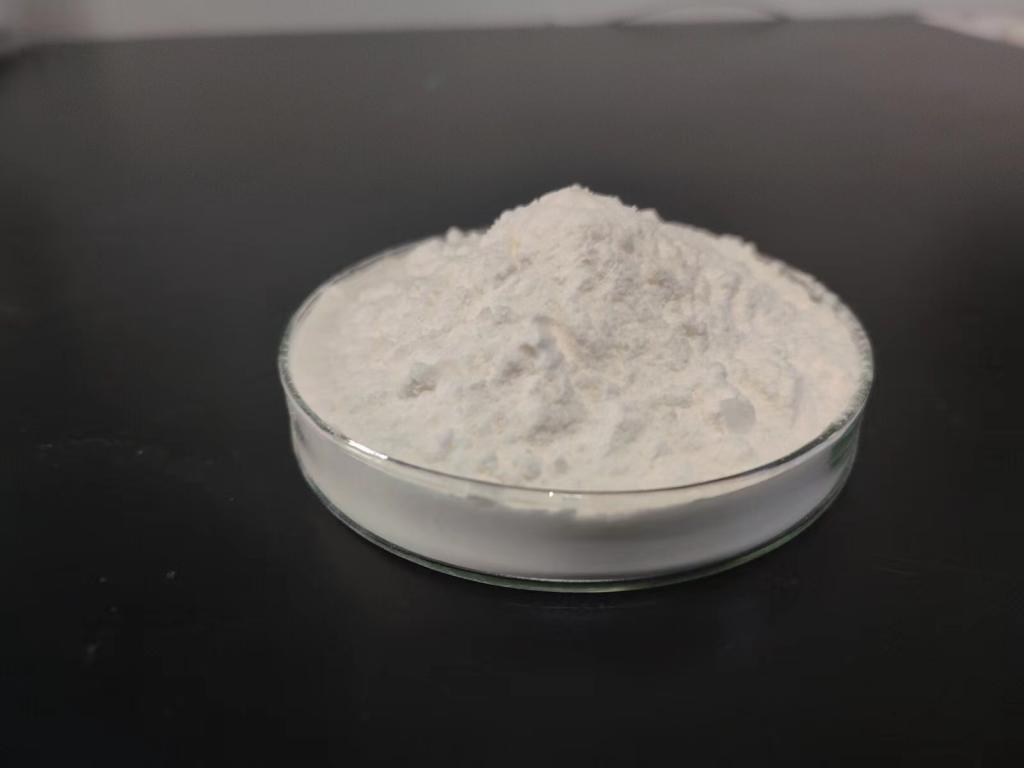Tel:+8618231198596

News
 CONTACT
CONTACT
 CONTACT
CONTACT
- Linkman:Linda Yao
- Tel: +8618231198596
- Email:linda.yao@dcpharma.cn
- Linkman:CHARLES.WANG
- Department:Overseas
- Tel: 0086 0311-85537378 0086 0311-85539701
News
Understanding the role of ε-Polylysine hydrochloride in preventing biofilm formation.
TIME:2024-04-18
Mechanisms of Biofilm Formation:
Biofilm formation typically occurs in several stages:
Attachment: Microorganisms adhere to surfaces through reversible or irreversible attachment mechanisms, facilitated by adhesion molecules and extracellular polymeric substances (EPS).
Colonization: Attached microorganisms proliferate and secrete EPS, forming a three-dimensional matrix that encases the microbial community.
Maturation: Biofilms mature as microbial populations grow and interact within the matrix, leading to increased structural stability and resistance to antimicrobial agents.
Dispersal: Microorganisms detach from the biofilm and disperse to colonize new surfaces or environments, completing the biofilm life cycle.
Role of ε-Polylysine Hydrochloride in Preventing Biofilm Formation:
ε-Polylysine hydrochloride (ε-PL-HCl) exerts its antimicrobial activity through several mechanisms, making it effective in preventing biofilm formation:
Disruption of Cell Membrane Integrity: ε-PL-HCl is a cationic polymer that interacts with microbial cell membranes, leading to membrane disruption and cell lysis. By destabilizing cell membranes, ε-PL-HCl prevents microbial attachment and colonization on surfaces, inhibiting biofilm formation at an early stage.
Inhibition of Extracellular Polymeric Substance (EPS) Production: ε-PL-HCl can interfere with the synthesis and secretion of EPS by microbial cells. EPS serves as a scaffold for biofilm formation and provides structural support to the microbial community. By inhibiting EPS production, ε-PL-HCl disrupts biofilm maturation and reduces the stability of mature biofilms.
Prevention of Quorum Sensing: Quorum sensing is a cell-cell communication mechanism used by bacteria to coordinate biofilm formation and other collective behaviors. ε-PL-HCl has been shown to interfere with quorum sensing signaling pathways, inhibiting microbial communication and disrupting biofilm development.
Enhanced Susceptibility to Antimicrobial Agents: ε-PL-HCl can increase the susceptibility of biofilm-associated microorganisms to conventional antimicrobial agents. By disrupting biofilm structure and function, ε-PL-HCl enhances the penetration and efficacy of antimicrobial agents, making biofilm-associated microorganisms more vulnerable to treatment.
Efficacy Against Different Microbial Species:
ε-Polylysine hydrochloride (ε-PL-HCl) exhibits broad-spectrum antimicrobial activity against a wide range of microbial species, including bacteria, fungi, and algae. Studies have demonstrated its efficacy against common biofilm-forming pathogens such as Staphylococcus aureus, Pseudomonas aeruginosa, Escherichia coli, Candida albicans, and others. ε-PL-HCl's effectiveness against diverse microbial species makes it a versatile agent for preventing biofilm formation in various industries.
Applications in Various Industries:
The antimicrobial and anti-biofilm properties of ε-PL-HCl have numerous applications in various industries:
Food Industry: ε-PL-HCl can be used to prevent biofilm formation on food contact surfaces, equipment, and packaging materials in food processing facilities. By inhibiting microbial attachment and colonization, ε-PL-HCl helps maintain food hygiene and prevent microbial contamination.
Healthcare: In healthcare settings, ε-PL-HCl can be employed to prevent biofilm formation on medical devices, implants, and surfaces. By reducing the risk of device-related infections and biofilm-associated diseases, ε-PL-HCl contributes to patient safety and healthcare quality.
Environmental Management: In environmental management, ε-PL-HCl can be used to prevent biofilm formation in water distribution systems, wastewater treatment plants, and other industrial settings. By inhibiting biofilm formation on surfaces and pipelines, ε-PL-HCl helps maintain system efficiency and reduce the risk of microbial contamination.
Challenges and Future Directions:
Despite its potential, the widespread use of ε-PL-HCl in preventing biofilm formation faces several challenges, including optimizing formulation and application methods, ensuring compatibility with existing processes and materials, and addressing regulatory requirements. Future research directions may focus on developing novel ε-PL-HCl formulations with improved stability, efficacy, and biocompatibility, as well as exploring synergistic effects with other antimicrobial agents.
Conclusion:
ε-Polylysine hydrochloride (ε-PL-HCl) represents a promising agent for preventing biofilm formation in various industries. Its antimicrobial properties, unique mode of action, and broad-spectrum efficacy make it an attractive alternative to synthetic antimicrobials for controlling microbial contamination and maintaining hygiene standards. By understanding the mechanisms underlying ε-PL-HCl's anti-biofilm activity and exploring its applications in different industries, researchers and practitioners can harness its potential to improve microbial control and ensure product quality and safety. With further research and innovation, ε-PL-HCl holds the promise of contributing to advancements in biofilm prevention and environmental management.
- Tel:+8618231198596
- Whatsapp:18231198596
- Chat With Skype







